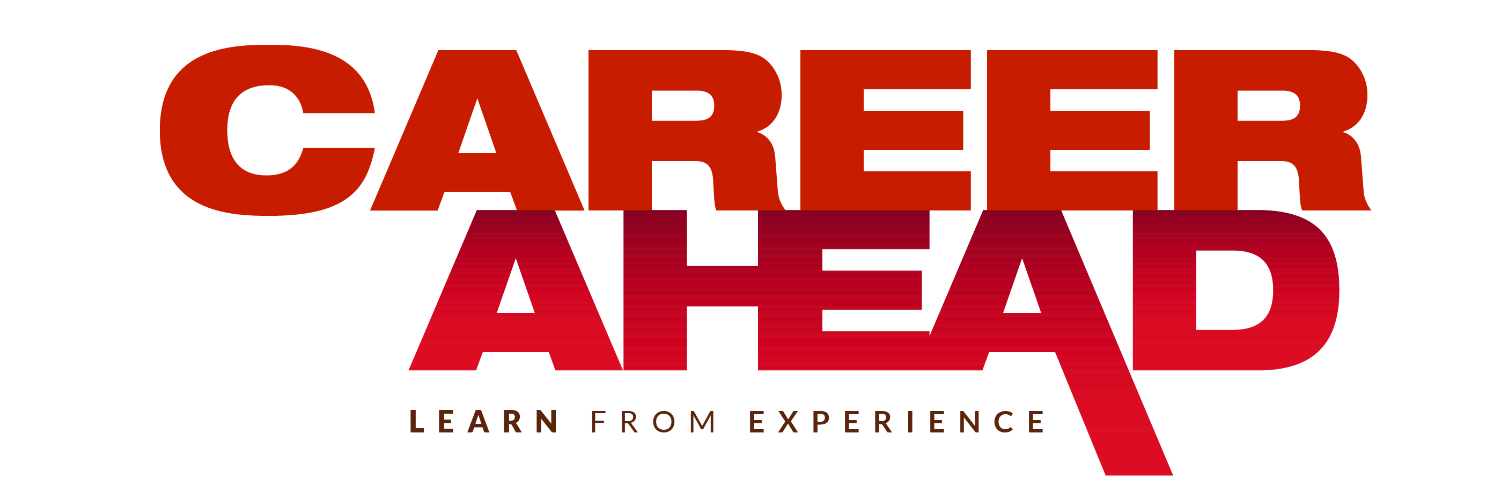No products in the cart.
The Future of Work: How Automation and AI Will Impact Jobs
Automation and AI are changing the face of industry and business globally. Learn how different industries and jobs are being impacted and the path forward.
Global Shift: Automation and AI’s Rising Influence
The landscape of global industries is undergoing a seismic shift due to the rapid advancement of automation and artificial intelligence (AI). Current trends indicate that by the late 2020s, 20% of jobs will be automated, and this figure is expected to rise to 30% by the mid-2030s. This evolution is not just a technological revolution; it’s a fundamental transformation of the workforce and business operations.
The integration of AI and machine learning (ML) in enterprise applications is a key driver of this change. By 2025, it’s anticipated that 90% of enterprise software will incorporate AI, marking a significant transition towards intelligent, automated systems across various sectors. This integration is evident in several emerging trends, listed below:
- Hyperautomation: This concept involves automating end-to-end business processes, combining AI/ML with multiple automation technologies. Nearly 99% of IT decision-makers view hyperautomation as a critical component of their digital transformation strategy. It promises enhanced efficiency, productivity, and agility in business operations.
- No-Code/Low-Code Platforms: These platforms are revolutionizing software development, enabling users without extensive programming knowledge to create applications and automated processes. By 2025, 70% of new applications are expected to be developed using low-code or no-code technologies, democratizing the creation of digital solutions.
- Cloud Automation: With 40% of enterprise workloads projected to be deployed in cloud infrastructure by the end of the year, automation is becoming essential in managing complex cloud environments. This includes scaling and monitoring resources across multiple cloud platforms and facilitating hybrid cloud automation.
- Container Management: As cloud-native infrastructures gain prominence, container management is becoming crucial. By 2024, 75% of large enterprises are expected to leverage container management, highlighting the need for automation in managing software containers and ensuring consistency and reproducibility.
- DevOps Pipeline Automation: The adoption of AIOps and MLOps in DevOps pipelines is set to reduce downtime by 20% this year. This trend underscores the importance of systematic and automated approaches in leveraging AI and ML effectively.
These global trends underscore a shift towards more efficient, automated, and intelligent business processes and IT operations. However, they also present challenges, such as the need for new skill sets and potential job displacement. Understanding these trends is crucial for businesses, employees, and policymakers to effectively navigate the future of work
India Perspective
India’s journey in embracing automation and AI reflects its unique position as a major IT services hub and a rapidly growing startup ecosystem. The integration of these technologies in India is characterized by both challenges and opportunities, particularly in adapting to the changing demands of AI-driven industries.
The Indian workforce, renowned for its IT prowess, is at a pivotal juncture. The need to adapt to AI and automation is not just about technological proficiency but also involves a broader understanding of how these technologies can be harnessed for economic and social advancement. The Indian government and private sector are making significant strides in this direction, with substantial investments aimed at enhancing productivity and fostering innovation.
However, the integration of AI and automation in India is not without its challenges. One of the key concerns is the potential for job displacement, especially in sectors heavily reliant on manual labor. Addressing this requires a multifaceted approach, including reskilling initiatives and policy interventions to ensure that the workforce is prepared for the changes ahead.
India’s approach to AI and automation is also marked by its focus on sectors like healthcare, agriculture, and education. In healthcare, AI is being used to improve diagnostic accuracy and patient care. In agriculture, automation and AI are being leveraged to enhance crop yield and optimize resource use. In education, there’s a growing emphasis on incorporating AI and ML into curricula to prepare the next generation for an AI-driven future.
The challenge for India lies in balancing technological advancement with socio-economic considerations. Ensuring that the benefits of AI and automation are inclusive and widespread is crucial. This involves not only technological innovation but also addressing the digital divide and creating opportunities for upskilling and reskilling.
Workforce Transformation and Skill Development
The integration of automation and AI is reshaping job roles and industry landscapes globally. While some jobs may be automated, new roles are emerging, particularly those requiring advanced digital skills. The demand for professionals skilled in AI, ML, data analytics, and cybersecurity is surging, reflecting the changing nature of the job market.
This shift necessitates a rethinking of skill development and education. Traditional job roles are evolving, and continuous learning is becoming essential. Workers need to adapt by acquiring new skills that align with the demands of an AI-driven job market. This includes not only technical skills but also soft skills like problem-solving, critical thinking, and adaptability.
For businesses, the challenge is to manage this transition, ensuring that their workforce is prepared for the changes ahead. This involves not only investing in technology but also in employee training and development programs. Organizations must also consider the ethical implications of automation and AI, including the impact on employment and the need for responsible AI practices.
The implications for the job market are significant. Certain sectors, such as manufacturing and customer service, are likely to see increased automation, while others, like healthcare and technology, may experience a surge in demand for skilled professionals. The key is to anticipate these changes and prepare accordingly.

Real-World Impacts: Opportunities and Challenges
The integration of automation and AI into the workforce is reshaping job roles and industry landscapes, bringing both opportunities and challenges. Real-world examples from various sectors illustrate the diverse impacts of AI on jobs and employees.
Positive Impacts and Opportunities:
- Enhanced Productivity in Creative Industries:
- At Primal Sounds Productions, a music-production company, AI tools like ChatGPT have been employed to fine-tune legal contracts. This application of AI in a creative industry demonstrates its potential to streamline administrative tasks, allowing more time for creative endeavors.
- AI in Education:
- AI’s utility extends to the education sector, where it assists in curriculum development. A high-school teacher used ChatGPT to generate quiz questions and lesson plans, showcasing AI’s role in enhancing the educational process by providing teachers with more time for direct student engagement.
- Streamlining Recruitment and HR Processes:
- In the field of human resources, AI tools like ChatGPT are revolutionizing recruitment and HR processes. For instance, a recruiter saved significant time by using AI for tasks such as candidate searching and interview question creation, demonstrating AI’s efficiency in streamlining time-consuming HR tasks.
- AI-Assisted Performance Reviews:
- Companies like Hulu and Spotify are integrating AI into HR management for performance reviews. AI tools offer a more objective and personalized approach to employee evaluations, potentially improving fairness and accuracy in performance assessments.
Challenges and Concerns:
- Job Replacement and Automation Anxiety:
- The case of Dukaan, an e-commerce platform, highlights a concerning trend where AI chatbots led to the layoff of 90% of the support team. This example underscores the fear of job displacement due to AI, particularly in roles involving repetitive tasks.
- Bias and Data Security:
- A study by IBM revealed that executives are concerned about data security and bias in AI. These concerns are critical, as they point to the potential of AI to perpetuate existing biases and pose risks to data privacy and security.
- Resistance from Creative Professionals:
- In the entertainment industry, there’s growing apprehension about AI’s role in creative processes. Strikes by Hollywood writers and actors from the SAG-AFTRA guild reflect fears that AI could replace creative jobs and impact the quality of content.
- Fairness in AI-Assisted Hiring:
- The use of AI in hiring processes has raised questions about fairness and equity. There’s a risk that AI tools used for screening candidates could inadvertently discriminate, leading to unfair hiring practices.
These real-world examples from various industries illustrate the multifaceted impact of AI on the workforce. While AI offers significant benefits in terms of efficiency and productivity, it also presents challenges related to job security, ethical concerns, and the need for fair and responsible AI practices. As AI continues to evolve, companies and policymakers must address these challenges, ensuring a balanced approach that maximizes benefits while mitigating risks.
Strategies for Navigating the AI Landscape
To navigate the future shaped by automation and AI, comprehensive strategies in education and policy are essential. Educational institutions must update curricula to include AI, ML, and data science, focusing on both technical and soft skills. Partnerships between academia and industry can provide practical exposure and ensure that education aligns with industry needs.
Policy recommendations include creating frameworks for ethical AI, investing in research and development, and implementing policies that support workforce transition. Governments and organizations need to collaborate to create an ecosystem that fosters innovation while ensuring that the workforce is equipped to handle the changes brought by automation and AI.
India’s Path Forward: Policies and Public Engagement
In India, this means addressing the digital divide and ensuring access to quality education and training in AI and automation. Policies should focus on creating opportunities for upskilling and reskilling, particularly for those in sectors most affected by automation. Additionally, there’s a need for policies that encourage innovation and entrepreneurship in AI and automation, fostering a culture of technological advancement and economic growth.
Preparing for the future also involves public awareness and engagement. The general public needs to understand the implications of AI and automation and how they can adapt to these changes. This includes promoting digital literacy and creating platforms for dialogue and collaboration between various stakeholders.
The future of work in the era of automation and AI presents both challenges and opportunities. By focusing on education, skill development, and policy interventions, we can ensure that the workforce is not only prepared but also empowered to thrive in this new landscape. The key is to foster an environment of continuous learning and adaptability, where technological advancements are leveraged for economic growth and societal well-being.
Author
-

Career Ahead, the flagship handle of Career Ahead Magazine, is dedicated to molding the next generation of professionals and entrepreneurs. Our mission is to educate and inspire today's ambitious minds to become the icons of tomorrow. As the ultimate tool and resource, we cater to young students, budding entrepreneurs, and innovative startups, providing them with the knowledge and inspiration needed to navigate their paths to success. Through in-depth articles, insightful analysis, and inspiring stories, Career Ahead empowers its readers to forge their futures in the ever-evolving world of work and enterprise.
View all posts












